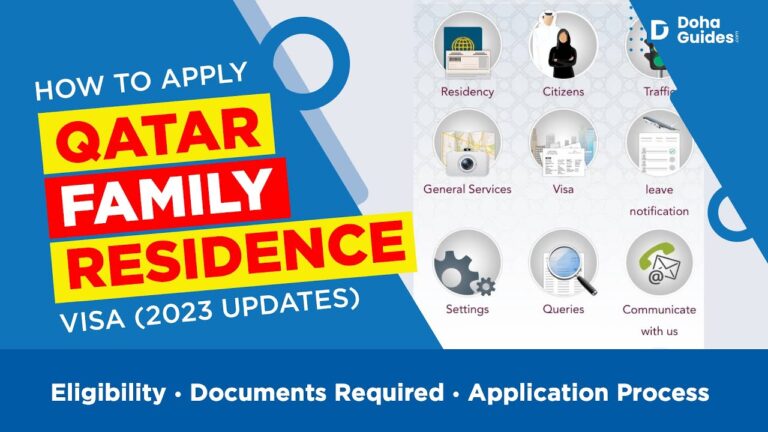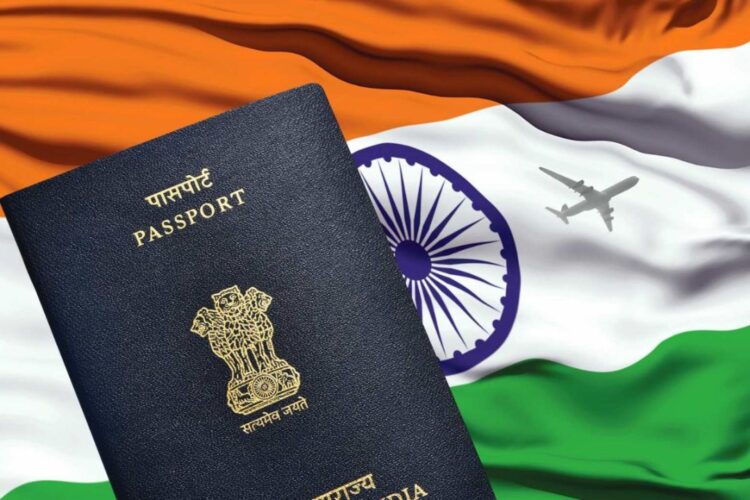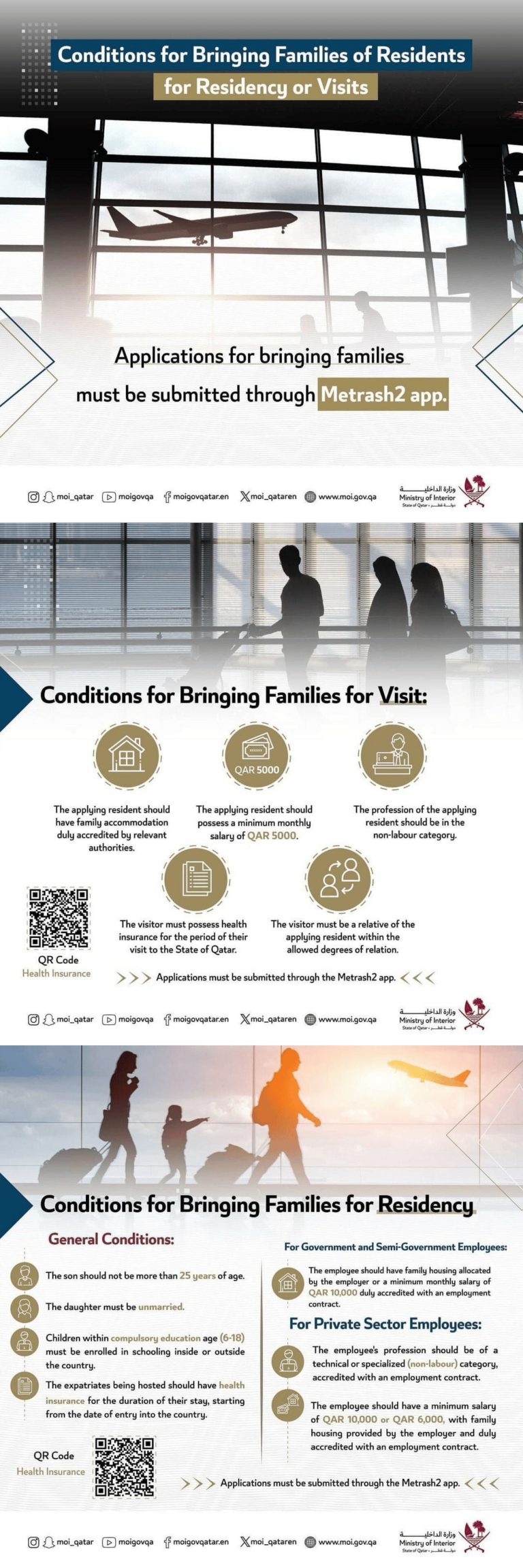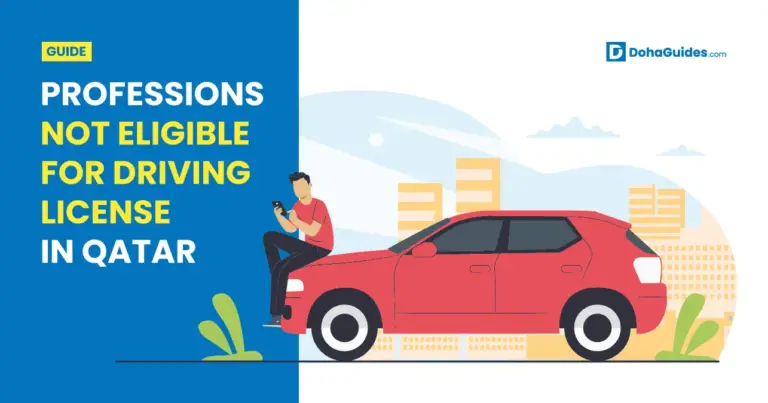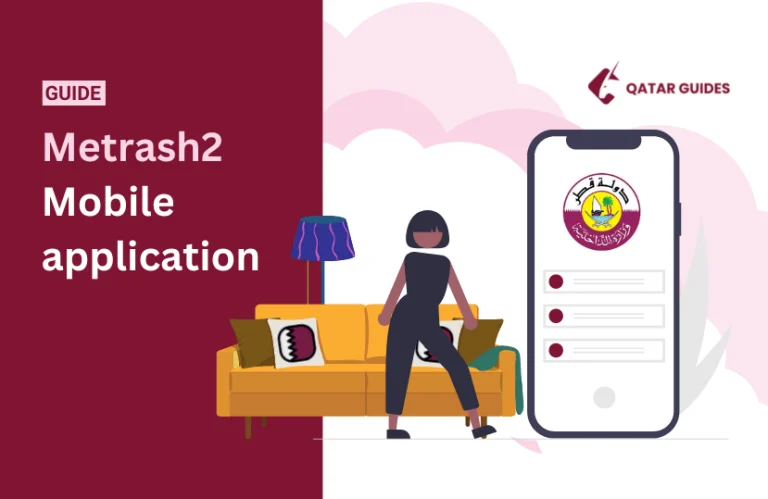Navigate Indian Visa Sponsorship like a Pro: Your Complete Guide

Understanding Indian Visa Sponsorship
Gaining a visa for India can be essential if you’re eyeing a stint in this vibrant country. Here, we delve into the types of Indian work permits and the factors affecting visa processing times.
Types of Indian Work Permits
Foreign nationals aiming to join India’s expat community require work permits issued by the Indian government. Often, these visas need sponsorship from registered employers, facilitating legal employment in the country (Rippling). Here’s a quick overview of the different types of Indian work permits:
- Employment Visa (E-Visa): For those taking up regular employment.
- Business Visa (B-Visa): For exploring business opportunities or establishing ventures.
- Project Visa (P-Visa): Specific to foreign nationals working on Indian industrial projects.
Indian work permits may also allow you to bring your spouse and dependent children to the country. Be prepared to provide additional documents as proof of your relationship and financial standing (Rippling). For more detailed requirements, you can refer to our article on indian visa requirements.
Visa Processing Time Factors
The time necessary for visa processing in India can vary significantly. Factors influencing this include the applicant’s country of origin, type of visa, intended length of stay, and the workload of Indian immigration authorities (Rippling). Here’s a concise breakdown:
| Factor | Impact on Processing Time |
|---|---|
| Applicant’s Country of Origin | High |
| Type of Visa | Medium |
| Intended Length of Stay | Low |
| Immigration Authority Workload | High |
- Country of Origin: Applicants from certain countries might experience longer processing times.
- Type of Visa: Complexity and nature of the visa type affect the duration.
- Length of Stay: Shorter stays might be processed faster compared to long-term visas.
- Workload of Authorities: Seasonal or situational surges in applications can lead to delays.
For further details on visa processing times, visit our specific section on indian visa processing time.
Understanding these components can help you navigate Indian visa sponsorship efficiently. For more information on the kinds of visas, see our guide on types of Indian visas.
Cost Considerations
Navigating the cost of Indian visa sponsorship can be a complex process, with several factors influencing the total expenses. Below, we break down the variability in visa costs and consider the inclusion of family members.
Variability in Visa Costs
The cost for obtaining an Indian work visa can vary significantly based on several factors such as the applicant’s nationality, the length of stay, and the required registration services. According to Rippling, the cost of Indian work visas can range from $140 to $1,000 USD.
| Factor | Cost Range (USD) |
|---|---|
| Nationality of Applicant | Varies |
| Length of Stay | $140 – $1,000 |
| Registration Services | Additional fees may apply |
For a detailed breakdown of Indian visa fees, you can check our comprehensive guide on indian visa fees.
Inclusion of Family Members
Indian work permits often allow visa holders to bring their spouses and dependent children to the country. However, additional documentation is required to prove the relationship and demonstrate financial stability (Rippling).
When considering the inclusion of family members, you will need to account for extra costs related to their visas and documentation. Below is a basic overview:
| Relationship | Additional Documentation Required |
|---|---|
| Spouse | Marriage certificate, financial proof |
| Dependent Children | Birth certificate, financial proof |
For more information on applying for a visa for family members, check out our articles on indian visa for spouse and indian visa for minors.
These costs and requirements can vary, so it is important to thoroughly review the guidelines and gather all necessary documents to streamline the process. For further help or specific questions, consider visiting our indian visa helpline.
Sponsorship in U.S. Immigration
Navigating the process of Indian visa sponsorship involves understanding both family-based sponsorship obligations and financial sponsorship details. This section aims to clarify these responsibilities for you.
Family-Based Sponsorship Obligations
Family-based sponsorship in U.S. immigration allows a U.S. citizen or lawful permanent resident (green card holder) to sponsor a family member for immigration to the U.S. (Boundless). Under this program, eligible family members can obtain immigrant visas or green cards and join their U.S. citizen or green card holder relatives in the U.S.
Here are the types of family members eligible for sponsorship:
- Spouses
- Children (under 21)
- Parents
- Siblings
As a sponsor, you must fulfill specific obligations, including:
- Filing an immigrant petition for your relative
- Demonstrating your ability to financially support the sponsored family member
- Completing and submitting an Affidavit of Support (Form I-864), a legally binding contract promising to financially support the family member and prevent them from becoming a “public charge”
Family-based sponsors are not typically responsible for beneficiaries’ taxes and private debts. However, your financial commitment as a sponsor continues until one of the following conditions occurs:
- The sponsored family member becomes a U.S. citizen
- The sponsored family member works in the U.S. for approximately 10 years
- The sponsored family member leaves the U.S. permanently
- Either the sponsor or the sponsored family member passes away
Financial Sponsorship Details
To sponsor a family member for U.S. immigration, you must show that you have the financial means to support the intended immigrant. This involves meeting minimum income requirements, determined by the U.S. Department of Health and Human Services (HHS) Poverty Guidelines. Your household income must be at least 125% of the federal poverty level for your household size.
The table below outlines the minimum income requirements for 2023:
| Household Size | 125% of HHS Poverty Guidelines |
|---|---|
| 2 | $22,715 |
| 3 | $28,587 |
| 4 | $34,450 |
| 5 | $40,312 |
Data courtesy of Boundless
In addition, you may include income from other household members or assets if necessary to meet these requirements. If your income falls short, you can find a joint sponsor to share the financial responsibility.
Financial sponsorship ensures that the sponsored family member does not become a public charge by needing welfare benefits such as Supplemental Security Income (SSI), Temporary Assistance for Needy Families (TANF), or Medicaid. It’s crucial to understand these obligations as failure to provide adequate financial support could have legal ramifications and impact the status of the sponsorship application.
For more details on sponsorship processes, including family-based sponsorship in India, consider reading about Indian visa for spouse or Indian visa requirements for comprehensive guidance.
Benefits of Visa Sponsorship
Advantages for Employers
Visa sponsorship offers numerous advantages to employers. By sponsoring visas, companies can tap into a larger pool of qualified talent worldwide, meeting their workforce needs more effectively. This global talent acquisition can significantly enhance business opportunities and foster a culturally diverse workplace.
| Advantage | Description |
|---|---|
| Access to Top Talent | Employers can hire the best candidates globally, not just locally. |
| Enhanced Business Opportunities | Expanding the workforce internationally opens up new market potentials. |
| Improved Global Workforce Mobility | Visa sponsorship allows for better relocation and deployment of employees to different regions. |
| Cultural Diversity | Hiring individuals from different backgrounds brings unique perspectives to the workplace. |
Global Talent Acquisition
Visa sponsorship is crucial for global talent acquisition, enabling companies to attract highly specialized skill sets and remote work talent. This process helps employers build a strong, diverse, and skilled workforce, capable of tackling diverse challenges.
| Benefit | Description |
|---|---|
| Specialized Skill Sets | Access niche skills that may not be readily available in the local job market. |
| Remote Work Talent | Attract global talent who prefer remote work arrangements. |
| Workforce Needs | Efficiently meet staffing requirements by hiring internationally. |
Visa sponsorship is a beneficial process for both employers and employees. To understand more about the different types of sponsorships and how they impact your business, explore our articles on employment visa process and business visa.
For tourists interested in the process, it’s essential to know the different aspects and benefits involved. Find more detailed information about visa-related topics such as indian visa processing time and indian visa documents checklist to navigate the complexities better.
Complexities in Visa Sponsorship
Navigating through the visa sponsorship process can be challenging for both you and your sponsor. Understanding the complexities involved is crucial to ensure a successful and hassle-free experience.
Regulatory Challenges
Visa sponsorship comes with a host of regulatory challenges. Each country has its own set of rules and regulations regarding visa issuance and immigration. These regulations can be subject to change, making it vital for you to stay updated with the latest information.
Visa sponsorship involves a significant amount of paperwork and documentation. Employers must ensure that all required documents are correctly filled out and submitted on time. Failure to comply with regulatory requirements can lead to delays or even denial of the visa application.
Employers often work with specialized firms, like an Employer of Record (EOR), to navigate these complexities. An EOR, such as Velocity Global, helps employers manage the immigration process, including visa processing and employee relocation support, to maintain global compliance (Velocity Global).
Compliance and Legalities
Compliance with employment and immigration laws is a critical component of the visa sponsorship process. Each country enforces strict compliance regulations to ensure that foreign nationals are legally employed and reside within its borders. Non-compliance can lead to severe penalties, including fines and visa revocation.
Employers are responsible for ensuring that all employment contracts, job roles, and salaries meet the legal standards set by the host country. This includes paying any foreign worker levies and other related fees. Financial obligations can accumulate, requiring careful financial planning and management (Velocity Global).
Here’s an overview of the potential costs involved:
| Cost Component | Description |
|---|---|
| Application Fees | Fee for processing the visa application. |
| Foreign Worker Levy | Additional charge imposed on employers hiring foreign workers. |
| Legal Fees | Costs associated with legal counsel and document preparation. |
| Relocation Expenses | Costs for moving the employee and their family to the host country. |
Ensuring ongoing compliance involves continuous monitoring and updating of the employee’s status, work permits, and other essential documentation. Visit our dedicated page on indian visa requirements for detailed information on the necessary documents.
Understanding these complexities helps streamline the visa sponsorship process, making it easier to focus on the benefits, such as global talent acquisition and workforce diversity. For more insights, check our guide on indian visa processing time and indian visa fees.

